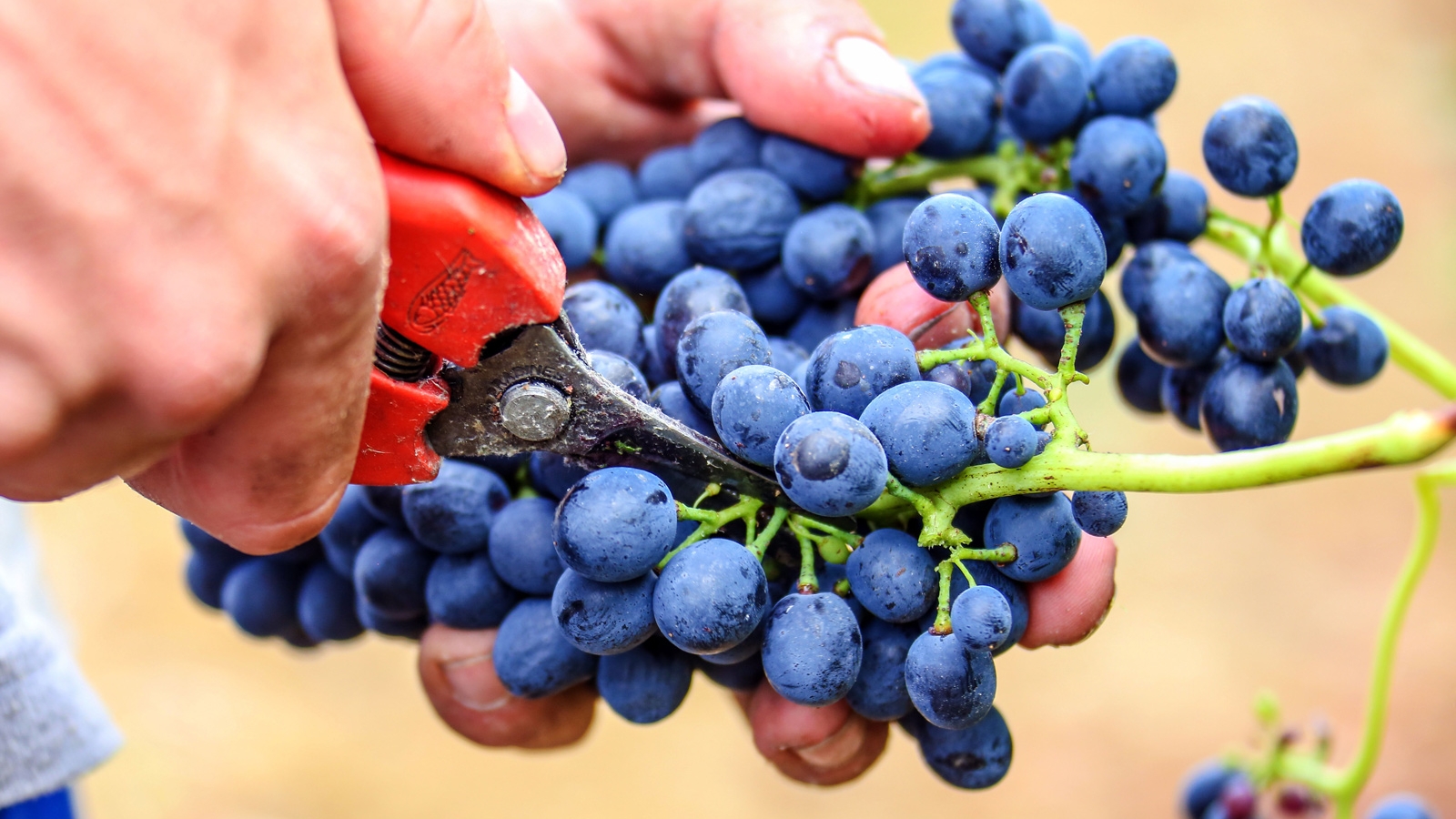
Some of France's oldest vines
Gaillac wines have been developed since Antiquity and prospered during the Middle Ages. The Wars of Religion, phylloxera and two World Wars would unfortunately take their toll on these highly-renowned vines. Today, young, passionate wine growers have taken up the challenge and are breathing new life into the vineyards, with their ancestral abundance.

Vitis Vinifera
The Gaillac vines are old for a reason: it's a region that favourable to cultivating vines! The indeniable proof of this is found growing in Grésigne Forest, the "Vitis Vinifera" (the Latin name for the wild vine, a plant that existed long before humans).
But even though the vine existed, the Gaules drank beer! Because grape cultivation began thanks to the contribution of Phoenicians, the Phoceans and the Romans. During Roman times, the Gaillac terroir was one of the first worthy to be called a 'terroir', along with Côte-Rôtie and Hermitage. The vines found here, on the edge of the Vallée du Tarn, to the north-west of the current department, are ideally located: the Mediterranean influence, the oceanic humidity and the beneficial contribution of the Autan wind. The Montans archaeological site has revealed the production of amphorae for storing and transporting wine, testifying to their use during Gallo-Roman times.

The Middle Ages: a European impact
In 920, Archdeacon Benebert donated vines to the Canon of Albi in what is now the commune of Gaillac. In 951 in Vieux, a community of monks gave its vassals land on which to plant vines. Finally, in 972, the Bishop of Albi gave the town of Gaillac and its surrounding vineyards to the Abbot of Saint-Michel. The monks' involvement and organisation in the development of the vineyards would be crucial, as was the proximity of the Tarn, the main tool for the influence of Gaillac wines in Europe.
Even the English appreciated Gaillac wines during the Hundred Years' War, and Richard III would regularly order a barrel of "mustum et muslum" (unfermented must and wine mixed with honey). Henri III had 20 barrels brought in each year. Raymond III and the Counts of Toulouse, the Kings of France, from Philippe le Bel until Louis XVI, including François I, all of them praised these wines that were grown and matured on the banks of the Tarn.
The rooster symbol
In order to guarantee the quality of their production, Gaillac wines were the first to establish a "quality charter", prohibiting cutting and imposing strict production rules, including the use of pigeon droppings, an excellent fertiliser at the time (which explains the importance of pigeon lofts and dovecotes in this area).
They created what was very probably the first commercial brand in the wine world: "les vins du coq" engraved on the barrels. This brand, used since 1397, would be recognised in 1501; the INAO (the French National Institute for Controlled Appelations) was only created in 1935! The rooster thus became the emblem of the town, which explains its presence on the municipal insignia.



A success stopped in its tracks
These exceptional vines were created with grape varieties that were sometimes very particular, such as "braucol", "prunelart" or "loin de l'oeil", and a recognised quality requirement. The Wars of Religion would bring the region's economic dynamism to a halt. The Bordeaux region would benefit from its advantageous geographical location and from the interplay of alliances to impose strict restrictions on Gaillac wines until the Edict of Turgot in 1776. The phylloxera crisis would then be catastrophic for the region, and the two World Wars compounded the situation. The rooster brand was gradually abandoned and the reputation of the region suffered.
The Gaillac vineyards are a stopover on the European cultural tour, "IterVitis, les Chemins de la Vigne" (IterVitis, Vineyard Pathways). Certified by the Council of Europe, the IterVitis cultural route highlights wine heritage as one of Europe's cultural symbols.










